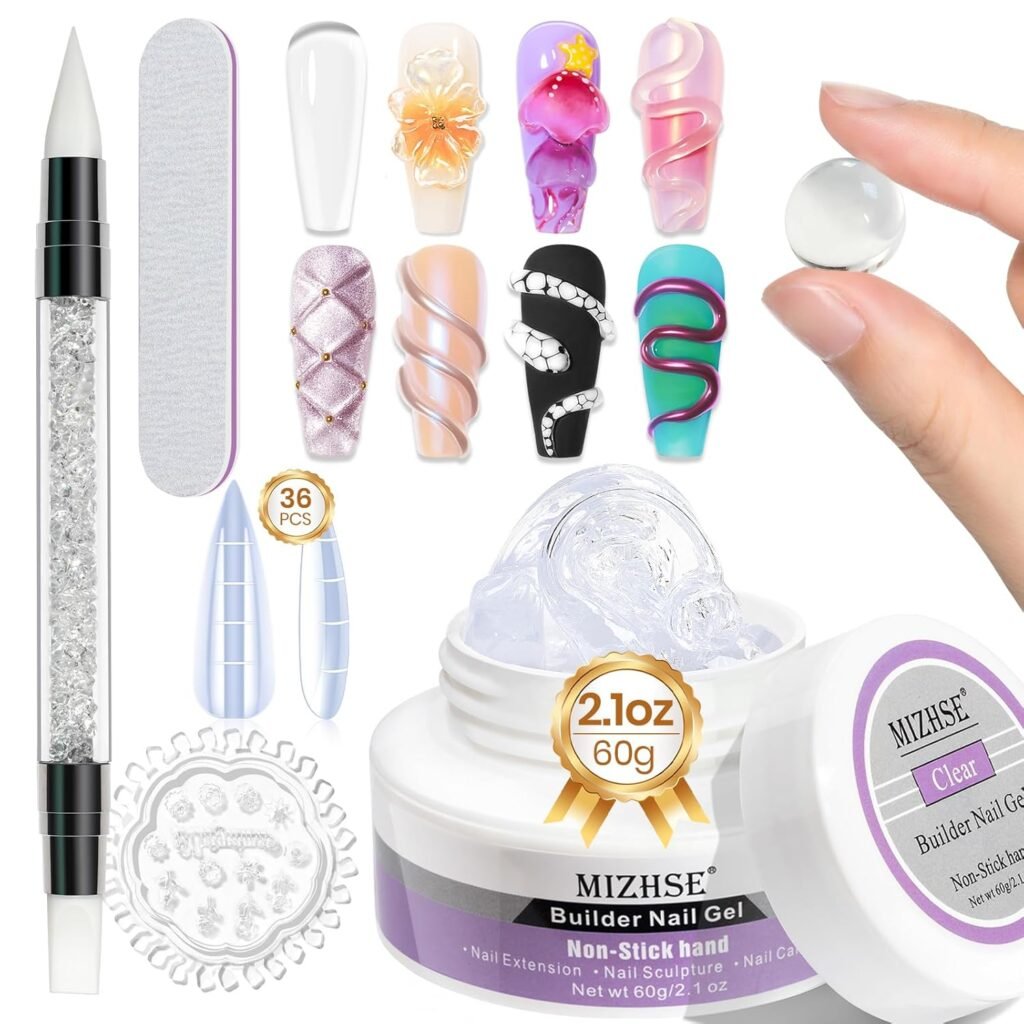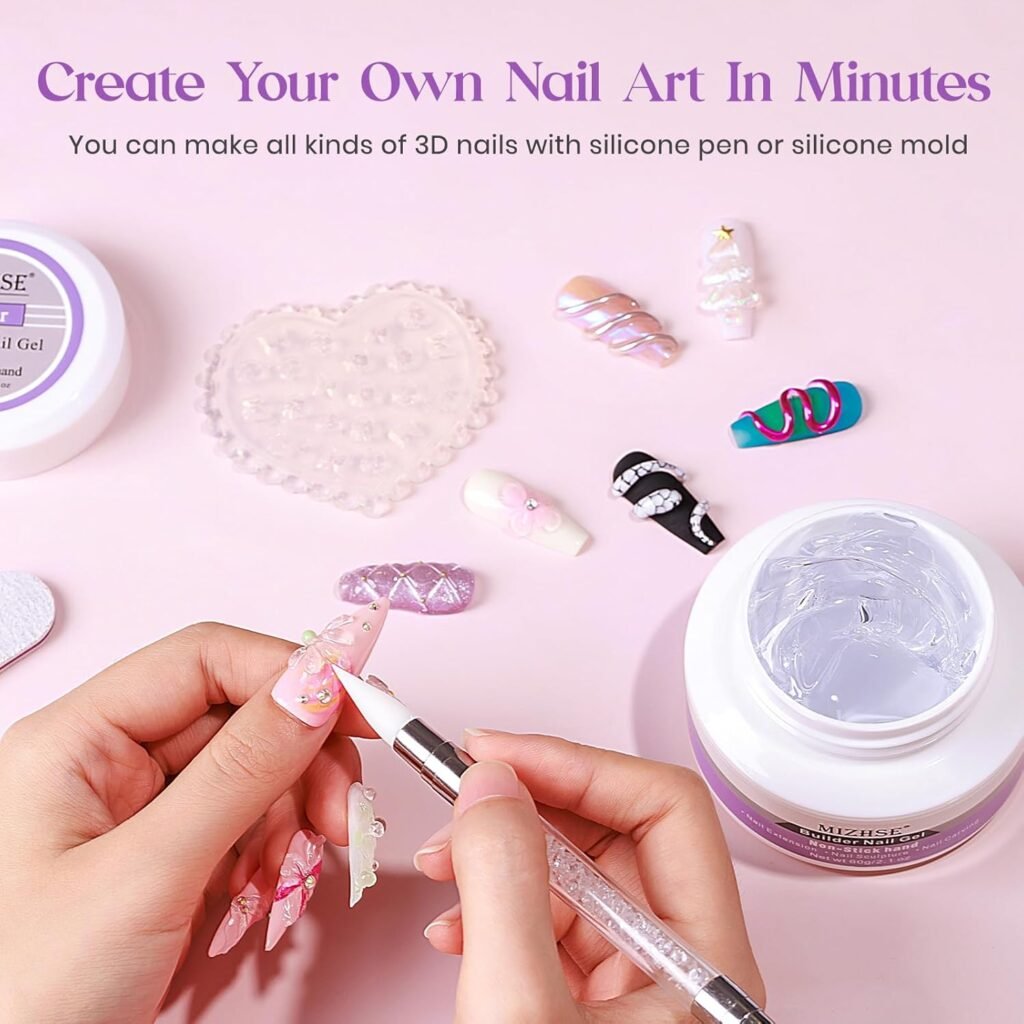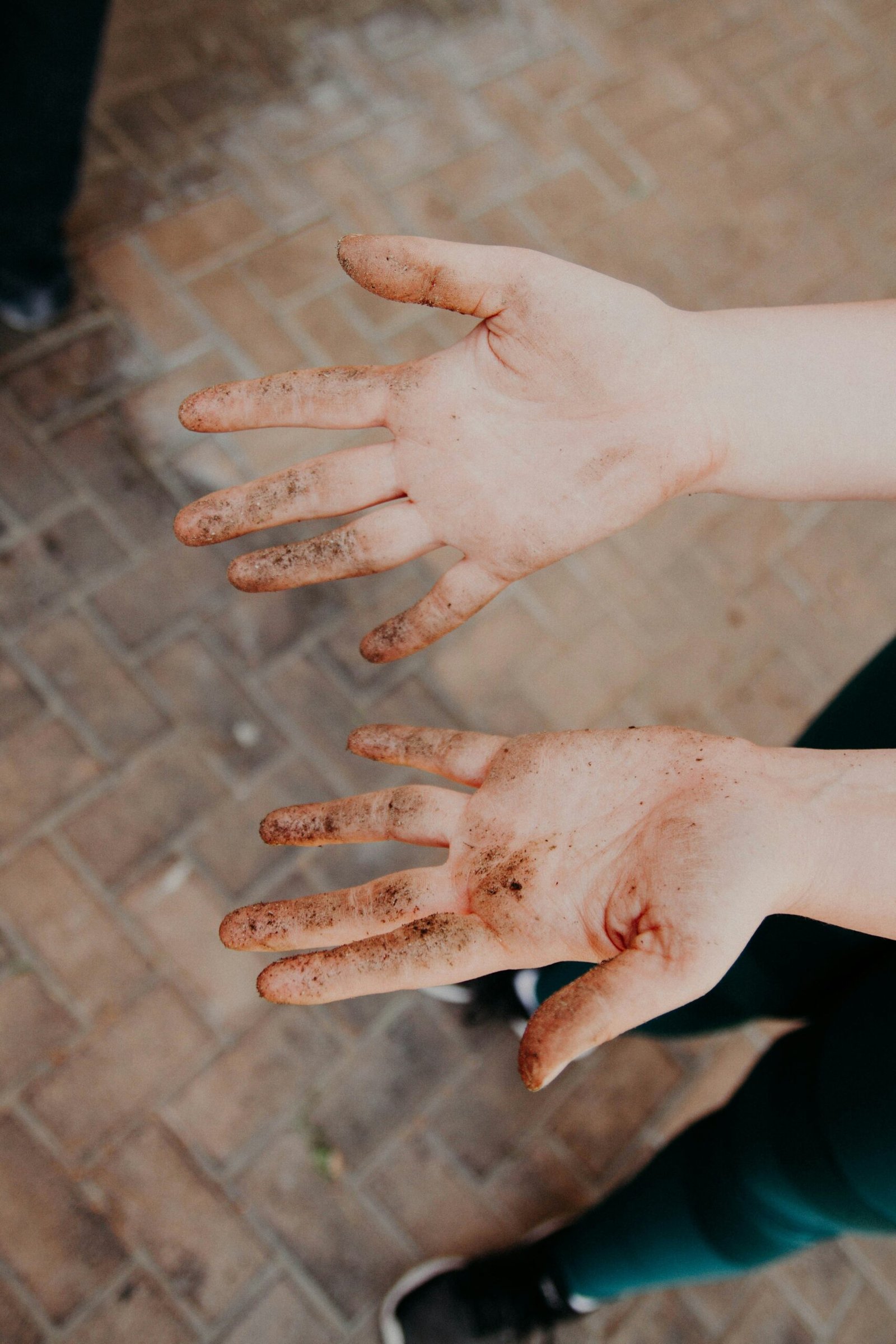The Basics of Nail Growth
Nail growth is a fascinating biological process that involves several factors, leading to the formation and health of both fingernails and toenails. On average, fingernails grow approximately 3.5 millimeters each month, while toenails experience a slower growth rate of about 1.6 millimeters per month. Several factors contribute to these rates, including genetics, age, and overall health. Dermatologists such as Dr. Soraya Azzawi and Dr. Chris Sayed emphasize these variables, noting that an individual’s unique biological makeup plays a significant role in how quickly nail tissues regenerate.
The growth process starts at the nail matrix, located beneath the base of the nail and underneath the skin. New nail cells are continuously produced in this area, eventually pushing older cells forward and resulting in the hardening of the nail plate. This keratinization process facilitates the robust structure of the nail, making it resilient and durable. However, various factors like nutrition, exposure to harsh chemicals, and even occlusive footwear can impact the health and growth of nails.
When it comes to nail regrowth after trauma or loss, the time frames vary significantly. Fingernails typically take about 4 to 6 months to fully regrow, while toenails may require up to a year, depending on the severity of the damage. Understanding these timeframes is essential for individuals who may have experienced nail loss due to injury or underlying health conditions. Proper care, nutrition, and avoiding hazardous exposures can significantly enhance the growth and health of both fingernails and toenails. Ultimately, recognizing the fundamentals of nail growth is vital for those seeking stronger, healthier nails.

Factors Influencing Nail Growth
Nail growth is a complex process influenced by several physiological, environmental, and situational factors. Understanding these determinants can provide valuable insight into why nail growth may vary from one individual to another. One of the primary physiological factors is age. Research indicates that nail growth typically slows as a person ages. For instance, children often exhibit faster nail growth rates due to their developing bodies, while older adults may notice a perceptible decrease in growth speed. This change can be attributed to the overall slowdown in metabolic processes and reduced circulation that comes with age.
Hormonal changes can also significantly impact nail growth. Pregnant women may experience accelerated nail growth, a response attributed to hormonal fluctuations that promote increased nutrient delivery to the body’s extremities. Such hormonal dynamics highlight the intricate relationship between our biological systems and nail health.
Another notable factor is hand dominance. Individuals may find that their dominant hand shows faster nail growth compared to the non-dominant hand. This phenomenon can be attributed to increased blood flow and overall activity level associated with the dominant hand, which may stimulate growth. Seasonal variations have also been recorded, with nails often growing faster during warmer months due to increased blood circulation and hydration levels in the body.
Moreover, underlying health conditions play a crucial role in nail growth rates. Nutritional deficiencies, such as a lack of biotin, zinc, or protein, may lead to slower growth or even brittle nails. Disorders such as hypothyroidism or psoriasis can significantly inhibit normal nail growth patterns. By understanding these various factors, individuals can take proactive measures to foster healthier and stronger nails.

Common Nail Growth Issues
Nail growth is an intricate process influenced by various internal and external factors. Unfortunately, many individuals encounter common nail growth issues that can affect both the appearance and health of their nails. One prevalent problem is brittle nails, which can often break or split easily. Brittle nails may result from nutritional deficiencies, environmental factors, or excessive moisture exposure. For example, frequent handwashing or use of harsh chemicals can weaken the nail structure, leading to brittleness. It is crucial to maintain a balanced diet rich in vitamins and minerals, particularly biotin, to promote stronger and more resilient nails.
Another significant concern is the slow regrowth of nails after injuries. Whether due to trauma, chemical exposure, or infections, nails can take an extended period to recover fully. Conditions like onycholysis, where the nail separates from the nail bed, can compound this issue and delay the healing process. Understanding that the average nail growth rate is approximately 1/8 inch per month can help individuals set realistic expectations for recovery.
Chronic conditions also play a role in nail growth abnormalities. For instance, conditions such as psoriasis can cause visible changes in nail texture and appearance, including pitting and separation. Similarly, lupus and thyroid disease can manifest through changes in the color, shape, and growth rate of nails. These nail changes can serve as indicators of underlying health issues, necessitating medical evaluation. For anyone experiencing persistent nail problems or significant changes in the appearance or growth pattern of their nails, consulting a dermatologist is advisable. They can provide tailored insights and appropriate interventions to address specific concerns and promote healthy nail growth.
Expert Tips for Promoting Healthy Nail Growth
To cultivate stronger and healthier nails, it is essential to incorporate a combination of lifestyle changes, dietary adjustments, and the use of specific products designed to promote nail health. A holistic approach can significantly enhance the quality and growth rate of your nails, making them less prone to brittleness and breakage.
First and foremost, maintaining a balanced diet rich in vitamins and minerals plays a critical role in nail growth. Ensure that your meals include plenty of protein, as nails are primarily made of a protein called keratin. Foods such as lean meats, beans, and nuts can support your body’s keratin production. Furthermore, incorporating biotin-rich foods, such as eggs, avocados, and whole grains, can greatly benefit nail strength and promote growth.
Hydration also contributes to healthy nails. Keeping your body well-hydrated aids in maintaining moisture levels in your nails, preventing them from becoming dry and brittle. Consuming sufficient water throughout the day is just as crucial as a nutrient-rich diet.
Another effective strategy is to incorporate regular nail care into your routine. This includes gently pushing back cuticles and applying moisturizing creams or oils specifically formulated for nail health. These products typically contain ingredients like vitamin E, which nourishes the nail bed, and can improve both strength and flexibility.
Minimizing exposure to harsh chemicals is equally important. For instance, limit the use of nail polish removers containing acetone, as they can strip moisture from nails. Instead, opt for acetone-free alternatives. Additionally, wearing gloves while cleaning and using strong chemicals can protect your nails from damage.
Finally, consider taking dietary supplements that support nail health. Biotin supplements have been shown to improve nail thickness and reduce breakage. However, consult with a healthcare professional before starting any new supplement regimen to ensure it fits your individual health needs.
By implementing these expert recommendations consistently, you can foster an environment conducive to stronger nail growth, ensuring that your nails not only look their best but are also resilient against damage.

